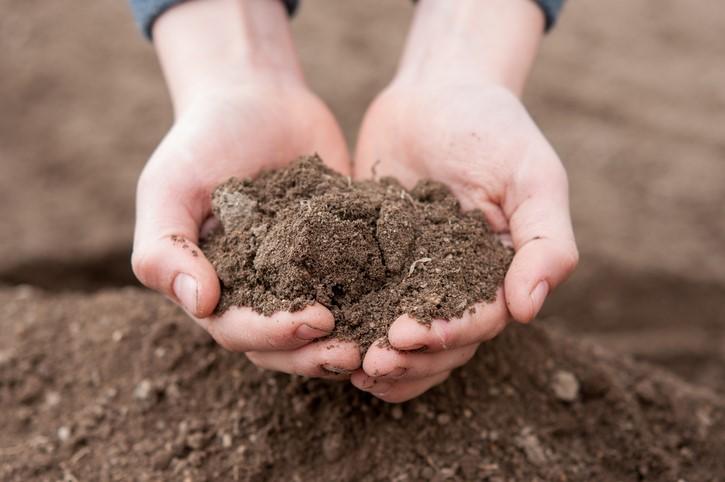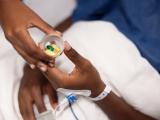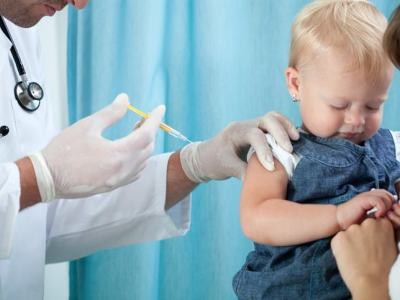In a laboratory on New York's Upper East Side, Sean Brady, PhD, and his colleagues at Rockefeller University have spent the last decade developing a method of uncovering what he calls the "vast, untapped reservoir" of antibiotics residing within the world's soil.
Of course, looking to the dirt to find antibiotics is not a novel idea. That's where many of the most widely used antibiotics in medicine come from. And scientists have long believed that soil microbes could harbor many more, since they've had to develop mechanisms to compete with their neighbors for space and resources.
The problem, though, is that only about 1% of bacterial species in soil can be cultured in labs, for a variety of reasons. And even when they can be grown in the lab, Brady said in an interview, "We don't turn on most of their capacity to make chemistry."
"We're missing most of the molecules that would have come from that extraordinarily productive platform," said Brady, a chemist and associate professor at Rockefeller University.
Extracting DNA directly from soil
To find these molecules, Brady and his colleagues have been using a culture-independent discovery platform that enables them to extract, clone, and sequence DNA from soil samples without having to grow bacteria in the lab.
Within that DNA, they can look for clusters of genes that they believe will produce molecules with antibiotic properties. Then they insert these genes into easily cultured bacteria to see if they can get those molecules to grow and test their hypotheses.
"We're taking DNA directly out of soil samples," Brady said. "We put it into a bug we can grow, and we look to see whether those genes can confer the production of new molecules."
In a study published yesterday in Nature Microbiology, Brady and his colleagues report on the discovery of a class of antibiotics that he says are one of the best examples to come from this platform.
Calcium-dependent antibiotics
The molecules, called malacidins, are linked to a small family of antibiotics that require calcium for antibacterial activity. Daptomycin is the most well-known of these drugs.
Brady and his colleagues were interested in calcium-dependent antibiotics because they appear to switch on in the presence of calcium and off without it. This ability to switch on and off, Brady explained, means they may be able to avoid constantly being exposed to the development of resistance. They hypothesized that the genes responsible for this "calcium-dependent motif" might be found in other compounds.
Using DNA sequenced from more than a thousand soil samples, the scientists searched for gene variants that might be related to calcium dependence and found a much larger family of genes than they had envisioned. They focused specifically on a clade of genes that are found in 1 of every 10 samples. They then cloned those genes and looked for the clones with the calcium-dependent variant, or marker, gene. Because all the genes needed to make a molecule in bacteria cluster together, identifying the marker gene enabled them to find all the other genes in the gene cluster.
When the team sequenced this gene cluster, they found that it was evolutionarily similar to calcium-dependent antibiotic gene clusters, but different enough that it had not been previously identified. They then moved the cloned gene clusters into the bacterium Streptomyces albus to see if they would make molecules.
"We put that collection of genes into Streptomyces, and that bug now gains the ability to make the new molecules, which are the malacidins," Brady said.
This approach enabled the team to produce enough malacidins to test their antibacterial activity. In vitro experiments indicated that malacidins were able to kill gram-positive bacteria in the presence of calcium, and in tests on rats that had methicillin-resistant Staphylococcus aureus (MRSA) skin infections, topical administration of the molecules resulted in sterilization of the wound, with no significant signs of toxicity. In addition, Brady and his colleagues were unable to induce resistance to the malacidins.
"So you have a molecule that will sterilize MDR [multidrug-resistant] Staph, with no resistance developed in the wound…and we don't see toxicity in the animal," Brady said. "That's promising."
The team also found that the mechanism of action in malacidins is distinct from other calcium-dependent antibiotics
New ways to find antibiotics
Brady is quick to note that research into malacidins is in its very early stages, and development of the molecules into an antibiotic with clinical applications is a long way off.
For now, he and his colleagues are trying to find the best variants of malacidins, by synthesizing them in the lab or finding analogs in nature. "We'll see where it goes from here," he said. "We're working hard on bringing a specific compound forward"
But what Brady is really excited about is scaling the platform so that the researchers can systematically discover new antibiotics in the environment. "I think this platform gives us some hope that we can go back to this tremendously powerful reservoir we used to look at in the past, and look at it in new ways and find new things," he said.
See also:
Feb 12 Nat Microbiol study

























